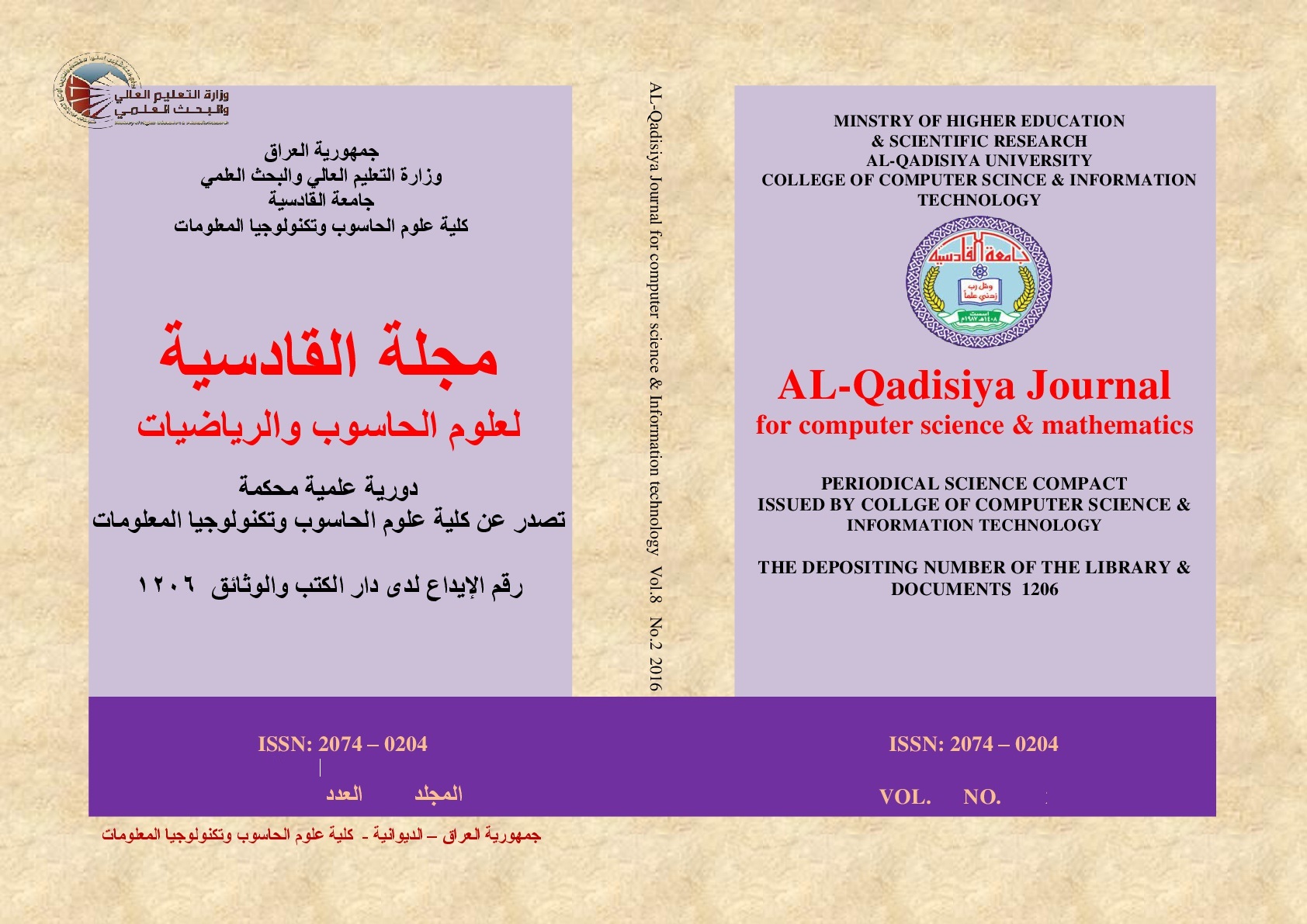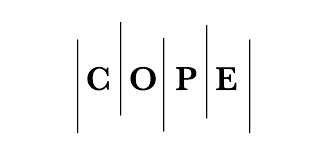Real-Time Fall Detection for the Elderly in Home Settings Using a Vision-Based YOLOv8-Pose Model
DOI:
https://doi.org/10.29304/jqcsm.2025.17.32425Keywords:
computer vision, Deep learningAbstract
Fall constitute a significant source of death and morbidity among the elderly, particularly in domestic settings when quick assistance is unavailable. Accurate and timely detection of falls is crucial to prevent associated health repercussions. The study proposes a deep learning-based fall detection model YOLOv8-pose that features simultaneous fall detection and pose estimation. A new dataset was created, including 186 high-resolution videos (1080p, 30 fps) captured by a smartphone camera in the home-like environment simulating falling and everyday activity. The video frames were marked and organized according to the COCO format to attain effective training. We used transfer learning to train the state-of-the-art YOLOv8-Pose model in order to detect falls. The system also analyses human skeletal keypoints in real time to accurately differentiate between fall events and non-fall activities, resulting in strong detection performance and a low false positive rate. An automatic alarm system was implemented to deliver immediate fall alerts to providers using the Telegram messaging bot. The proposed approach is an economical, non-invasive, and highly effective alternative for continuous monitoring of the elderly in a household environment, potentially enhancing safety and reaction time during emergencies. The experimental findings revealed that all of the models did a good job of detecting falls and estimating poses. Larger models, such YOLOv8m-pose, got a 99% accurate mAP@50 and the confusion matrix showed that the model was able to classify falls well, with a very low error rate in classifying other cases, reflecting its high effectiveness in distinguishing between falls, normal falls, and bending. This study found that YOLOv8-Pose is a good model for finding falls in older people since it is fast and accurate. In the future, we want to make the model better at imaging under difficult situations and broadening the model to incorporate more activities.
Downloads
References
T. Bui, J. Liu, J. Cao, G. Wei, and Q. J. A. S. Zeng, "Elderly fall detection in complex environment based on improved YOLOv5s and LSTM," vol. 14, no. 19, p. 9028, 2024.
X. Zheng, J. Cao, C. Wang, and P. J. E. Ma, "A high-precision human fall detection model based on fasternet and deformable convolution," vol. 13, no. 14, p. 2798, 2024.
G. Coviello, A. Florio, G. Avitabile, C. Talarico, J. M. J. I. T. o. B. C. Wang-Roveda, and Systems, "Distributed full synchronized system for global health monitoring based on flsa," vol. 16, no. 4, pp. 600-608, 2022.
A. Bansal, R. Sharma, and M. Kathuria, "A vision-based approach to enhance fall detection with fine-tuned Faster R-CNN," in 2023 International Conference on Advanced Computing & Communication Technologies (ICACCTech), 2023, pp. 678-684: IEEE.
M. Montero-Odasso et al., "New horizons in falls prevention and management for older adults: a global initiative," vol. 50, no. 5, pp. 1499-1507, 2021.
A. R. Khekan, H. S. Aghdasi, and P. J. I. A. Salehpour, "The impact of YOLO Algorithms within fall detection application: A review," 2024.
B. Sarıçayır, E. Alican, and C. J. C. T. i. C. Özcan, "Deep learning-based human detection for fall injuries," vol. 1, no. 2, pp. 83-92, 2023.
Z. Luo et al., "Elderly fall detection algorithm based on improved yolov5s," vol. 53, no. 2, pp. 601-618, 2024.
A. Benkaci, L. Sliman, and H. N. J. P. C. S. Dellys, "Vision-based Human Fall Detection Systems: A Review," vol. 241, pp. 203-211, 2024.
A. Danilenka et al., "Real-time AI-driven fall detection method for occupational health and safety," vol. 12, no. 20, p. 4257, 2023.
M. M. Islam et al., "Deep learning based systems developed for fall detection: A review," vol. 8, pp. 166117-166137, 2020.
R. Girshick, J. Donahue, T. Darrell, and J. Malik, "Rich feature hierarchies for accurate object detection and semantic segmentation," in Proceedings of the IEEE conference on computer vision and pattern recognition, 2014, pp. 580-587.
R. Girshick, "Fast r-cnn," in Proceedings of the IEEE international conference on computer vision, 2015, pp. 1440-1448.
S. Ren, K. He, R. Girshick, J. J. I. t. o. p. a. Sun, and m. intelligence, "Faster R-CNN: Towards real-time object detection with region proposal networks," vol. 39, no. 6, pp. 1137-1149, 2016.
J. Dai, Y. Li, K. He, and J. J. A. i. n. i. p. s. Sun, "R-fcn: Object detection via region-based fully convolutional networks," vol. 29, 2016.
W. Liu et al., "Ssd: Single shot multibox detector," in Computer Vision–ECCV 2016: 14th European Conference, Amsterdam, The Netherlands, October 11–14, 2016, Proceedings, Part I 14, 2016, pp. 21-37: Springer.
A. Bochkovskiy, C.-Y. Wang, and H.-Y. M. J. a. p. a. Liao, "Yolov4: Optimal speed and accuracy of object detection," 2020.
J. Redmon, S. Divvala, R. Girshick, and A. Farhadi, "You only look once: Unified, real-time object detection," in Proceedings of the IEEE conference on computer vision and pattern recognition, 2016, pp. 779-788.
J. Redmon and A. Farhadi, "YOLO9000: better, faster, stronger," in Proceedings of the IEEE conference on computer vision and pattern recognition, 2017, pp. 7263-7271.
Downloads
Published
How to Cite
Issue
Section
License
Copyright (c) 2025 Qaseem Riyadh Khawam, Muhaned Al-Hashimi, Salwa Khalid Abdulateef

This work is licensed under a Creative Commons Attribution-NonCommercial-NoDerivatives 4.0 International License.













